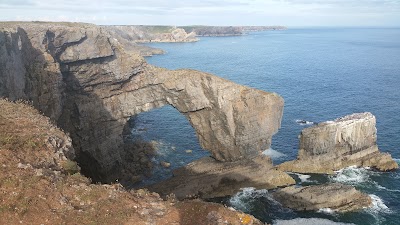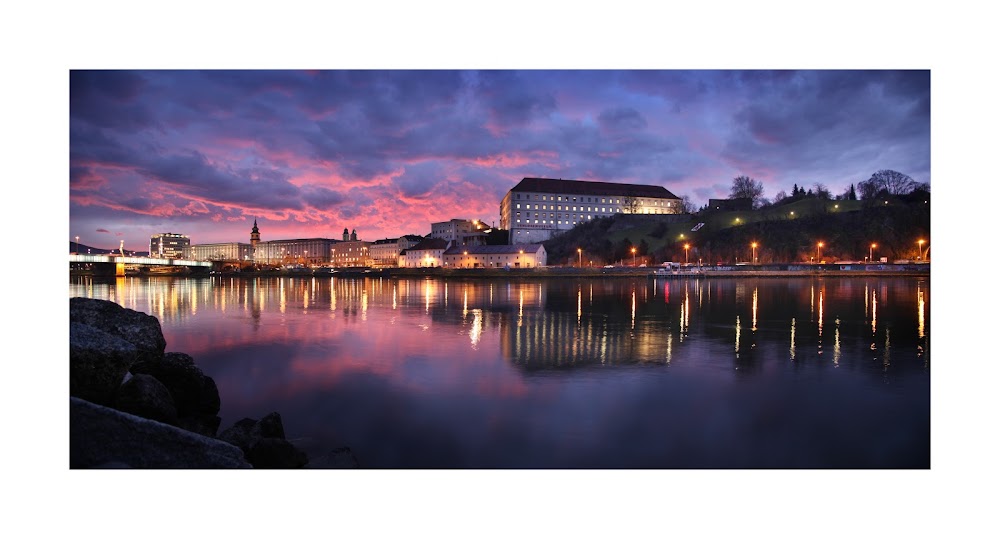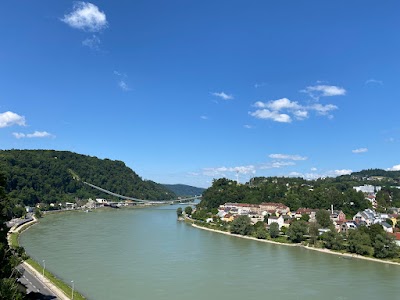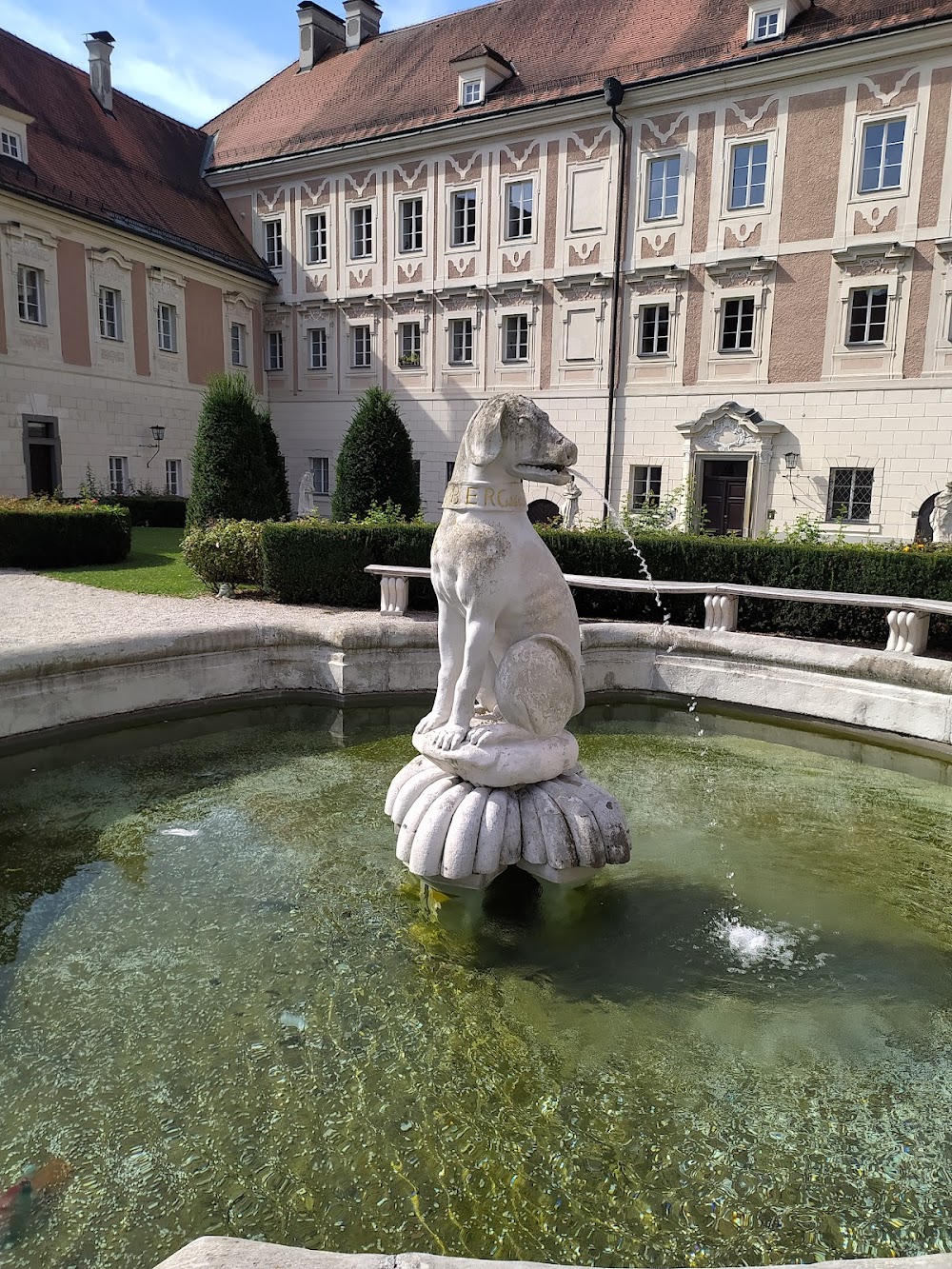Wels Castle (Burg Wels)
Related Places
Overview
Schloss Lichtenegg: A Journey Through Time
Schloss Lichtenegg, commonly known as Wels Castle, is a stunning historical landmark nestled in the city of Wels, located in Upper Austria. With roots tracing back to the medieval era, this castle has undergone numerous transformations throughout the centuries, each reflecting the rich tapestry of its history.
Origins and Early History
The origins of Schloss Lichtenegg date back to the 12th century when it was originally built as a fortified residence for the nobility. Strategically perched on a hill, the castle offered a commanding view of the surrounding landscape, making it an ideal lookout point for protection. Constructed primarily from sturdy stone, the early structure was designed to withstand attacks and provide a safe haven for its inhabitants.
Architectural Evolution
As the centuries progressed, the castle experienced several expansions and renovations, showcasing the evolving architectural styles and the changing needs of its residents. In the 15th century, significant fortifications were added, including robust stone walls and defensive towers, crucial for safeguarding the castle during times of regional conflict and warfare.
Transformation into a Stately Residence
By the 17th century, Schloss Lichtenegg began to transition from a defensive fortress into a more refined residence. Influenced by Renaissance design, the castle featured larger windows, ornate facades, and more comfortable living spaces. It became a symbol of prestige, regularly hosting nobility and dignitaries, reflecting its elevated status in society.
Baroque Renovations
The most significant phase of reconstruction occurred in the 18th century, when the castle underwent lavish Baroque-style renovations. This era brought forth grand halls, elegant staircases, and intricately decorated rooms, transforming Schloss Lichtenegg into a center of opulence and culture rather than merely a military stronghold.
Ownership and Preservation
Throughout its history, Schloss Lichtenegg changed hands among various noble families, including the influential Sighards and Polheims. Each family left an indelible mark on the castle's architecture and design. However, by the 19th century, the castle faced neglect as the political and social climate of Europe shifted, resulting in parts of the structure falling into disrepair.
Thankfully, the 20th century saw a revival of interest in preserving this historical gem. Restoration efforts began to revitalize the castle, ensuring its survival for future generations.
A Living Monument
Today, Schloss Lichtenegg stands proudly as a testament to the rich history and architectural evolution of the region. It has transformed into a popular tourist destination, captivating visitors with its breathtaking architecture, historical exhibits, and beautiful surroundings. The interiors have been meticulously restored to showcase various periods of its history, providing a unique glimpse into the lives of its former inhabitants.
Visitor Experience
Guided tours are available, offering insights into the castle's construction, historical events, and the fascinating stories of the people who lived there. Additionally, Schloss Lichtenegg hosts cultural events, exhibitions, and educational programs, making it a vibrant hub for community engagement and cultural preservation.
In conclusion, Schloss Lichtenegg is not merely a relic of the past; it is a living monument that continues to inspire and educate. Its rich history—ranging from a medieval fortress to a Baroque residence—embodies the enduring spirit of the region and stands as a proud symbol of Austria’s cultural heritage.









